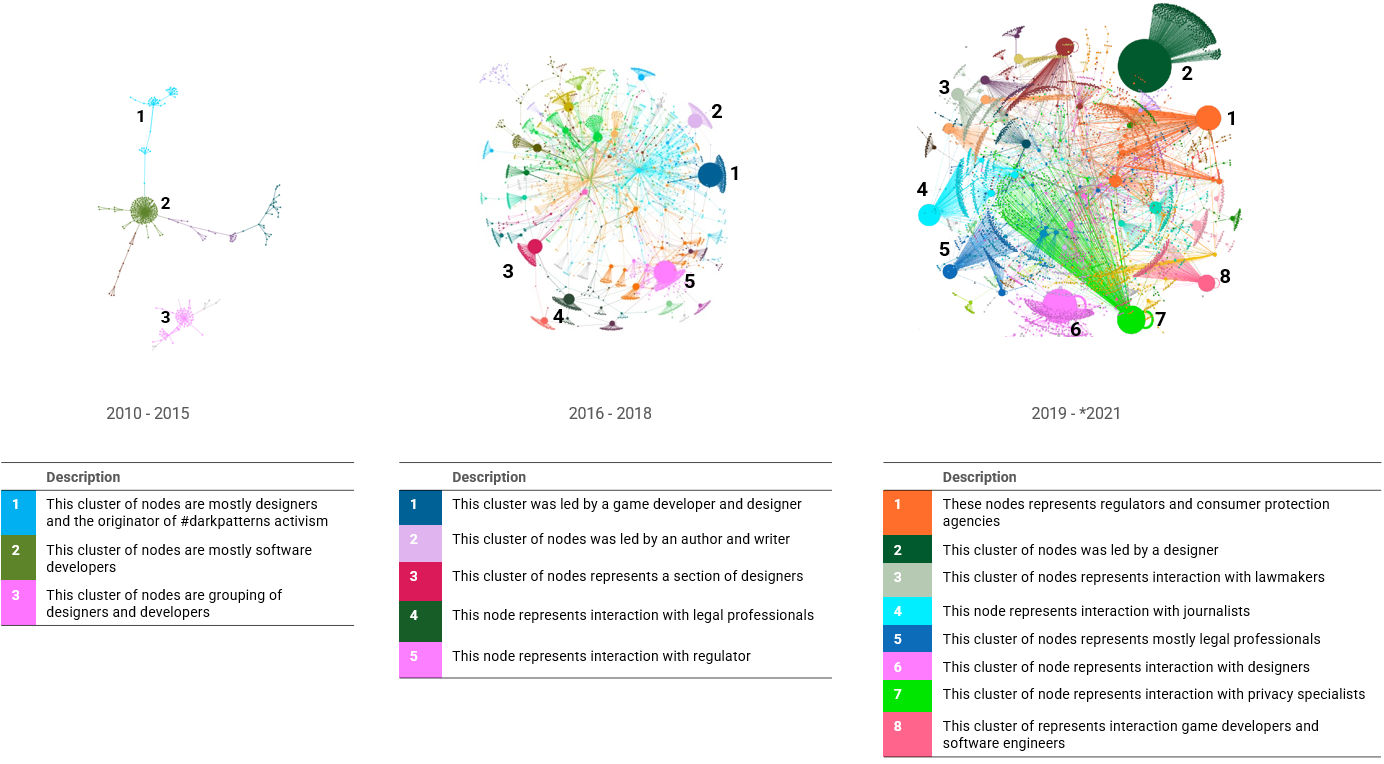Dark Patterns Project
Introduction

The use of digital products is increasingly defined by manipulative and deceptive tactics. While many of these deceptive approaches are not new to digital design---instead, reflecting a translation of approaches from advertising and other fields that have long been criticized, there is a particular power that comes with the provision of services at scale that has the potential to deceive users in substantial ways. The ubiquity of these deceptive patterns, often described in the popular press, by designers, and increasingly by regulatory bodies using the moniker ``dark patterns,'' is substantial. In recent scholarship, empirical work has documented that 95% of popular apps include dark patterns, a plurality of end users experience manipulation as part of their everyday interactions with technology that include dark patterns, and even in instances where the EU General Data Protection Regulation (GDPR) has sought to empower users to leverage their rights under data protection law, 99% of cookie consent banners that became common in the wake of GDPR enforcement contain one or more dark patterns. Manipulative experiences that include the hallmarks of dark patterns and related deceptive design practices are broad and pervasive, spanning modality, physicalit, context (e.g., gaming, privacy, and social media), among others. While technology users are increasingly aware of the impact of these design practices, regulators and lawmakers are also increasingly interested in understanding and banning the most egregious practices, enforcing existing consumer protection statutes while also identifying new forms of governance to control the worst of these practices and increase user autonomy and agency